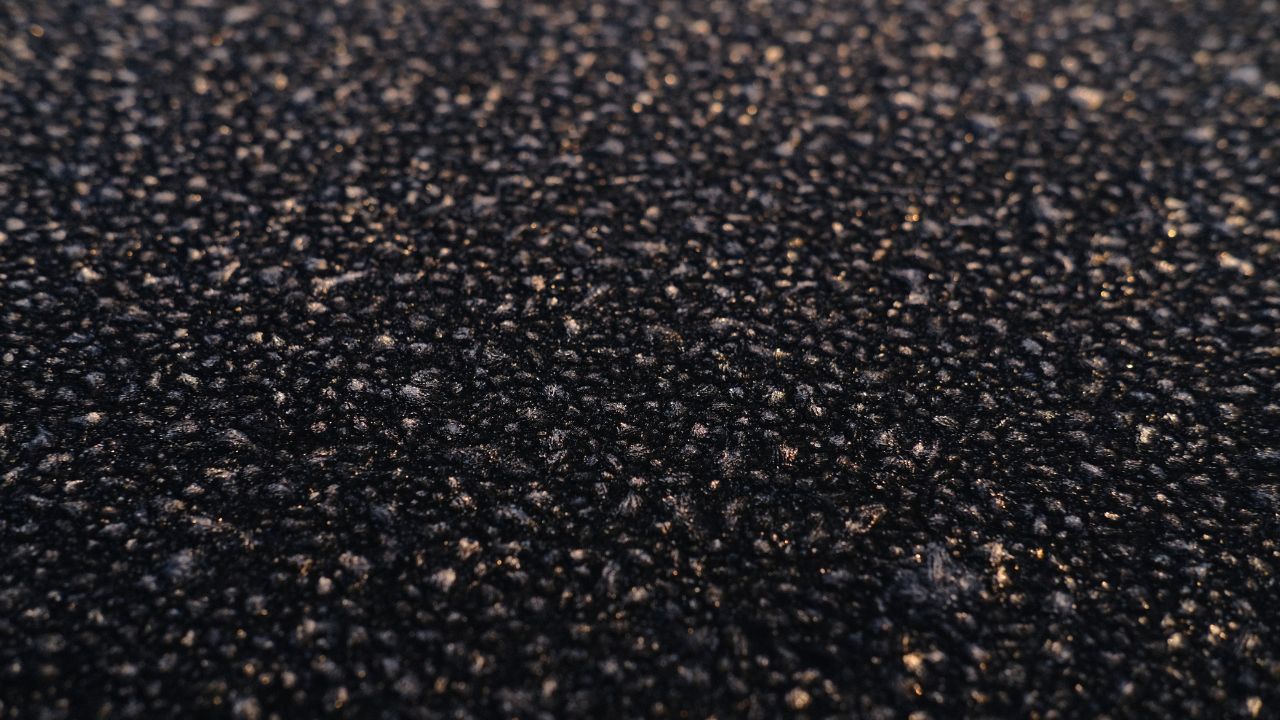What is Tar and Gravel?
Tar and Gravel is a type of roofing system that consists of layers of asphalt (tar) and roofing felt, topped with a layer of gravel or stone. It is commonly used for flat or low-slope roofs, with the gravel providing protection against UV rays and weather damage while adding weight to keep the roofing materials in place.
Estimating the material and labor costs for such a roof requires careful calculations based on the roof area, material coverage, and labor rates. This blog explains how to calculate the required materials and total costs step by step, complete with formulas and examples.
Estimate the material and cost
Step 1: Calculate the Roof Area
To find the total area of the roof, multiply the length and width of the roof:
Roof Area=Length×Width
Example:
If the roof is 30 feet long and 20 feet wide:
Roof Area=30ft×20ft=600sq ft
Step 2: Calculate the Tar Needed
The amount of tar required depends on the roof area and the coverage rate of tar (tar needed per unit area):
Tar Needed=Roof Area×Tar Coverage Rate
Example:
If the tar coverage rate is 0.5 gallons per square foot:
Tar Needed=600sq ft×0.5gallons/sq ft=300gallons
Step 3: Calculate the Cost of Tar
To find the cost of tar, multiply the amount of tar needed by the cost per gallon of tar:
Tar Cost=Tar Needed×Cost Per Gallon
Example:
If the cost of tar is $10 per gallon:
Tar Cost=300gallons×10$/gallon=3000$
Step 4: Calculate the Gravel Needed
The amount of gravel required is calculated similarly to tar:
Gravel Needed=Roof Area×Gravel Coverage Rate
Example:
If the gravel coverage rate is 1 pound per square foot:
Gravel Needed=600sq ft×1lb/sq ft=600lb
Step 5: Calculate the Cost of Gravel
Multiply the gravel needed by the cost per pound:
Gravel Cost=Gravel Needed×Cost Per Pound
Example:
If the cost of gravel is $0.50 per pound:
Gravel Cost=600lb×0.50$/lb=300$
Step 6: Calculate the Labor Cost
The labor cost depends on the roof area and labor cost per square foot:
Labor Cost=Roof Area×Labor Cost Per Square Foot
Example:
If the labor cost is $2 per square foot:
Labor Cost=600sq ft×2$/sq ft=1200$
Step 7: Calculate the Total Cost
The total cost is the sum of the tar cost, gravel cost, and labor cost:
Total Cost=Tar Cost+Gravel Cost+Labor Cost
Example:
Total Cost=3000$+300$+1200$=4500$
Conclusion
The Tar and Gravel Roof Calculator helps you quickly estimate the materials and costs for your roofing project. By following these formulas and examples, you can determine the tar, gravel, and labor costs accurately, ensuring that your project stays within budget.
FAQ
What are the advantages of a Tar and Gravel Roof?
- Durability: Tar and Gravel roofs are known for their exceptional durability and longevity, often lasting 20-30 years or even longer with proper maintenance.
- Waterproofing: They provide excellent waterproofing, making them ideal for areas with heavy rainfall.
- Fire Resistance: Tar and Gravel roofs are highly fire-resistant.
- Cost-Effective: They can be a cost-effective roofing option, especially for larger flat roofs.
- Energy Efficiency: They can help to reflect sunlight and reduce heat absorption, potentially lowering cooling costs.
What are the disadvantages of a Tar and Gravel Roof?
- Maintenance: They require regular maintenance, including inspections for cracks and leaks.
- Aesthetics: They are not considered aesthetically pleasing by many homeowners.
- Environmental Concerns: Some of the materials used in Tar and Gravel roofs can be harmful to the environment.
- Vulnerability to Hail: While durable, they can be susceptible to damage from hail.
- Installation: Installation can be messy and requires specialized skills.
How long does a Tar and Gravel Roof last?
With proper maintenance, a Tar and Gravel roof can last anywhere from 20 to 30 years or even longer.
How much does a Tar and Gravel Roof cost?
The cost of a Tar and Gravel roof varies depending on several factors, including the size of the roof, the complexity of the installation, and the cost of materials. However, they are generally considered to be a cost-effective roofing option.

Check out 22 similar Tar and Gravel Roof Calculator : Estimate the material and cost :